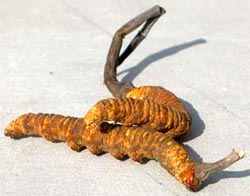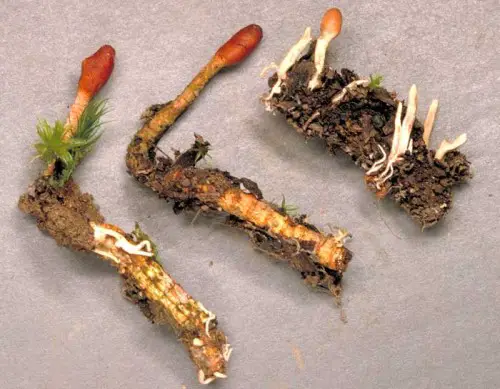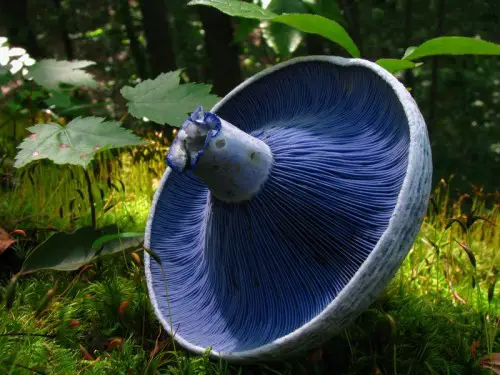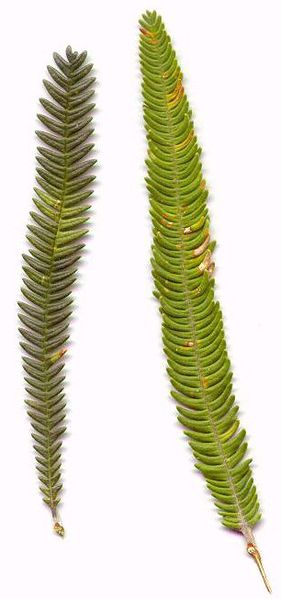Cordyceps
Cordyceps belongs to genus of ascomycete fungi. There are about 400 species of Cordyceps which are endoparasitoids, mainly on insects and other arthropods. Cordyceps sinensis is the best known among species of the genus which is first recorded in Tibet in the 15th Century. This type of fungus has been used for centuries by the Traditional Chinese Medicine and known as yartsa gumba in Nepal. Cord in Latin etymology is describes as club while ceps means head, and sinensis is Chinese. Cordyceps sinensis, commonly known in English as Chinese caterpillar fungus as the fungus is a parasite that grows on the Tibetan caterpillar and when the caterpillar dies it will develop into a mushroom. It is considered as medicinal mushroom in oriental medicines for Traditional Chinese Medicines and Traditional Tibetan medicine. It was long used cordyceps by the Chinese to promote overall good health and modern also research indicates that cordyceps does indeed can support kidney, liver, heart and immune system function. It is also believed to act as an antioxidant in the human body, protecting it from free radical damage.
Cordyceps sinensis is reliabile as a powerful aphrodisiac. Recent studies which were performed in both China and Japan showed about 64% success rate among men suffering from impotence. The scientists have separated two chemical elements in cordyceps which are believed to be the active compounds that can increase sex drive, as well as improve lung function and increase energy levels. It is also known that the Chinese athletes also use cordyceps in order to increase their stamina and endurance. It has been concluded that cordyceps can enhances athletic performance as it increases blood flow and supplies of oxygen throughout the body of which will help all important organs to function more efficiently. Some work has been disclosed that the Cordyceps sinensis can protect the bone marrow as well as improve the digestive systems of mice. The experiment with mice shows that the mushroom may have an anti-depressant effect. Another experiment also proof Cordyceps sinensis may protect the liver from damage. Researchers have discovered that Cordyceps has a hypoglycemic effect and may have advantageous for people with insulin resistance. In another study, researchers claimed that athletes can double the rate of oxygen intake if they take 4.5 grams of cordyceps daily for at least six weeks.
Cordyceps can be found in the wild especially in the Tibetan regions and is thought to be the most medicinally potent. Some Chinese specialty stores sell wild cordyceps which are still attached to the caterpillar. However, it is expensive and can costs up to $10 a gram. There is some concern that imported wild cordyceps possible to have high risk of lead poisoning. This is due to some lead filament attached to grown caterpillar in order to increase its weight to get a higher price. While dietary supplements containing cordyceps are safer and less expensive with no significant side effects. Cordyceps is also available in capsule, extract, and tincture forms.





Hi,
Its really nice and very interesting article guys.
I liked it.
Thanks